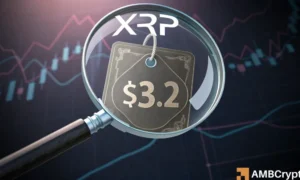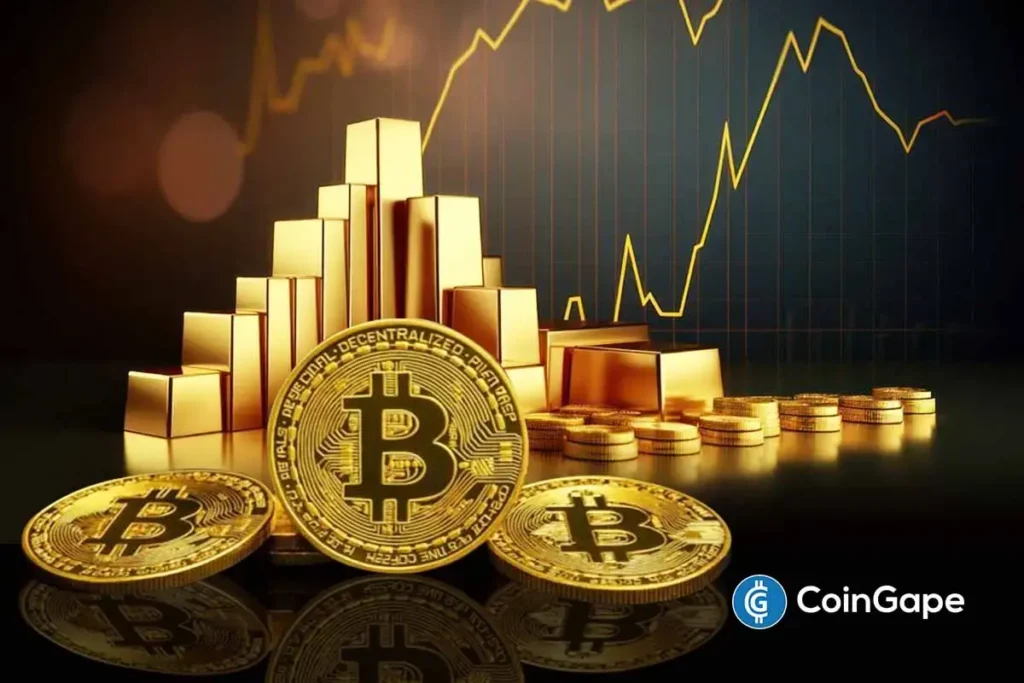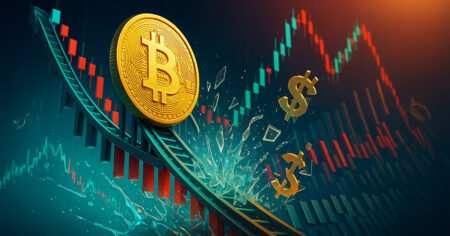Bitcoin Price Faces Major Challenges Amid Market Liquidation
The cryptocurrency market is experiencing a tumultuous phase, highlighted by Bitcoin’s recent price crash to critical support levels around $110,000. Analysts are warning investors to brace for a possible further decline of approximately 15%, potentially dragging Bitcoin down to as low as $96,530. This market volatility has coincided with a significant liquidation event, forcing many traders to reevaluate their positions. As a result, the landscape is shifting, and some are looking for refuge in traditional assets like gold, which is skyrocketing in value as investor sentiment falters.
Key Support Levels Under Pressure
Julio Moreno, Head of Research at CryptoQuant, pinpointed that short traders are actively targeting the crucial $110,000 to $108,000 range for Bitcoin. This recent downturn marks the third such effort to breach these levels, with a notable influx of short positions emerging prior to the market’s collapse last Friday. For Bitcoin to regain its bullish momentum, analyst Ali Martinez emphasized the urgency of reclaiming the $119,000 level. If Bitcoin fails to do so, we could witness a drastic correction pushing prices down to $96,530, signaling a potential ‘make-or-break’ scenario for investors.
A Comparison with Traditional Markets
Bloomberg’s senior commodity strategist Mike McGlone has raised eyebrows about Bitcoin’s performance relative to traditional markets. Since surpassing the $100,000 mark, Bitcoin has shown similar returns as the S&P 500, but it carries significantly more risk. As most risk assets struggle, McGlone points to a critical ‘sell bell’ signal for broader markets. Notably, the Bitcoin ETF outflows indicate that institutional investors are strategizing to sell, a move that could further exacerbate current market conditions.
Gold’s Resilient Performance Amidst Economic Concerns
As the U.S. Dollar continues to lose its value, gold has emerged as a preferred asset class during this process of monetary debasement. The stark contrast in performance between Bitcoin and gold has become apparent, especially as Bitcoin grapples with its current price crash. Interestingly, the situation could shift if Federal Reserve Chairman Jerome Powell’s hints at future rate cuts materialize, potentially giving Bitcoin a much-needed boost. As of now, gold futures surpassing $4,200 per ounce for the first time is a significant indicator of shifting investment strategies.
The Debasement Trade and Market Signals
Gold’s staggering rise, with nearly 60% growth in 2025 alone, emphasizes its strong standing as a safe-haven asset. It has significantly outperformed major equity benchmarks, with increases in gold and silver prices far exceeding the S&P 500’s performance. Bitwise Investment CEO Hunter Horsley noted, “It’s all a debasement trade.” His insights highlight how varying asset classes—equities, crypto, fixed income, and more—are increasingly evaluated based on their relation to anticipated currency debasement, indicating a broader trend that is reshaping market dynamics.
Investor Sentiment and Future Outlook
The parallel strength in both safe-haven assets like gold and riskier markets signals growing trepidation regarding the stability of fiat currencies. As more investors turn their focus to gold and other traditional assets, the implications for cryptocurrencies like Bitcoin become increasingly complex. While some analysts are cautiously optimistic that Bitcoin could rebound if certain levels are reclaimed, the prevailing sentiment is one of caution. Given the current economic climate and the volatility experienced, investors are urged to stay vigilant and prepared for further fluctuations in this rapidly changing landscape.
In conclusion, as Bitcoin battles against critical support levels and analysts predict further declines, the spotlight increasingly shifts to gold and other traditional assets. The ongoing “debasement trade” reflects a critical reassessment of risk and value in the investment landscape, suggesting that strategies may need to adapt as market conditions evolve.

















